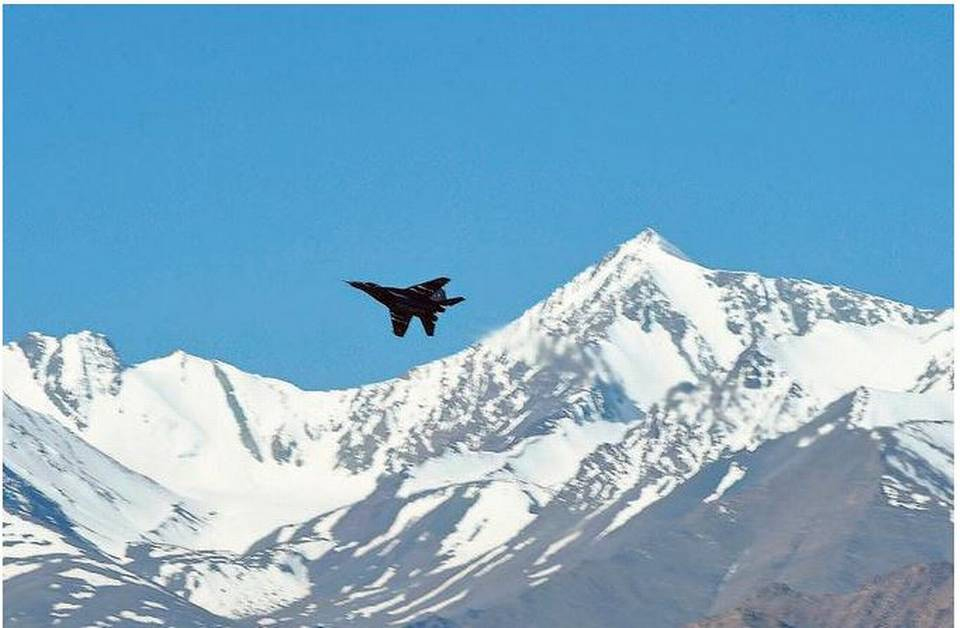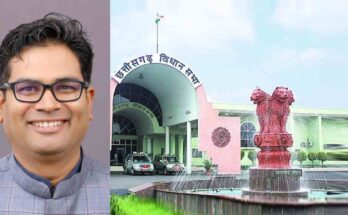India July 20, 2020. Records of 1960 boundary talks show PLA troops at Pangong Tso and Galwan Valley went beyond Beijing’s own territorial claims.
Chinese troops are currently present on the north bank of Pangong Lake in Ladakh in an area that is beyond what even China described as its official boundary during talks with India in 1960, official records show.
China’s tent that it set up on the bend of the Galwan river, which sparked the violent face-off culminating in the death of 20 Indian soldiers and an unknown number of Chinese personnel on June 15, was also beyond China’s territorial claims, according to the 1960 records.
The Hindu Exclusive | Xi Jinping’s mobilisation order, months of planning preceded border moves
The records contradict China’s current claims of where the Line of Actual Control (LAC) runs. They also raise questions on recent statements from top Indian officials that China is not present anywhere on Indian territory.
In 1960, India certainly viewed China’s presence in areas where the People’s Liberation Army (PLA) transgressed in May as being beyond Beijing’s own territorial claims. “The Chinese are now likely interpreting their perception of the LAC in a manner that seeks to redefine or maximise old claims along new lines, as cartography and terrain knowledge have improved, which offer them tactical advantage and more ‘domination’ in key areas along the LAC,” former Foreign Secretary and Ambassador to China Nirupama Rao said. “The effect has been destabilising and provocative.”
At the north bank of Pangong Tso, the PLA moved up to Finger 4 and prevented India from crossing Finger 4. The Fingers refer to mountain spurs on the bank, and run from 1 to 8, west to east.
China now claims up to Finger 4, while India says the LAC is at Finger 8. China previously built a road to Finger 4 in 1999 and has dominated up to Finger 4, but since May has, for the first time, completely cut off India’s access to its LAC at Finger 8, effectively shifting the line 8 km west.
Following the four rounds of Corps Commander-level talks, the PLA has moved back from Finger 4 to 5, while Indian troops also moved back further west to Finger 2, the base post in the area where the troops initiated their patrols, The Hindu reported earlier.
China’s Shifting Lines: China’s current moves to enforce its Line of Actual Control (LAC) claims, which sparked the recent border incidents, mark a shift from what Beijing told India in 1960 about where its boundaries were, both in the Galwan Valley and Pangong Lake.
MEA report
During boundary negotiations in 1960, China spelled out its territorial claims in the area. The record is available in the “Report of the Officials of the Government of India and the People’s Republic of China on the Boundary Question”, published by the Ministry of External Affairs.
Following border talks in April 1960 in Delhi between Prime Minister Jawaharlal Nehru and Chinese Premier Zhou Enlai that failed to break the impasse, it was decided that officials of the two governments would meet “to examine factual materials in the possession of the two governments to support their stands.”
Chinese troops are yet to fully move out, says government official
Three rounds of talks were held. The first session took place from June 15 to July 25, 1960, in Beijing, with 18 meetings. The second session was held in Delhi from August 19 to October 5, when 19 meetings were held. Following the final session in Rangoon, when 10 meetings were held, the official report was signed on December 12, 1960. In the report, the Indian side asked: “What was the exact point where the alignment cuts the western half of Pangong Lake? And what was the exact point where it left the Pangong Lake?”
The Chinese side responded: “The coordinates of the point where it reached the Pangong Lake were Longitude 78 degrees 49 minutes East, Latitude 33 degrees 44 minutes North.” This roughly corresponds to an area near Finger 8, around 8 km east of where China now says the LAC is and where it transgressed in May.
Regarding the Galwan Valley, when India asked in 1960 for “heights of peaks and locations of passes” in the area, the Chinese side replied that the alignment “crossed the Galwan river at Longitude 78 degrees 13 minutes East,
Latitude 34 degrees 46 minutes North.”
Even accounting for approximations because the coordinates were round numbers noted in “degrees” and “minutes” while the “seconds” were not specified, China has gone beyond its 1960 claims both in Pangong Tso and in the Galwan Valley.
LAC standoff | India-China: the line of actual contest
In the Galwan Valley, the 1960 line ran east of the bend of the Galwan river, called the Y-nallah, which was the site of the June 15 clash. The clash took place following a dispute during the de-escalation process, triggered when the PLA put up a tent near the bend, and marked the worst violence on the border since 1967.




